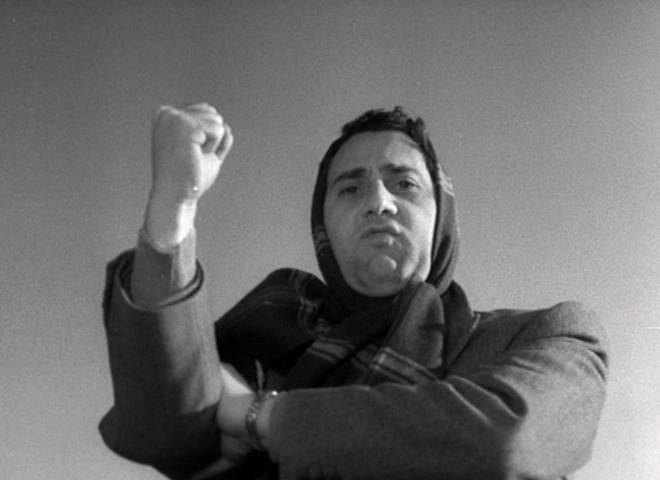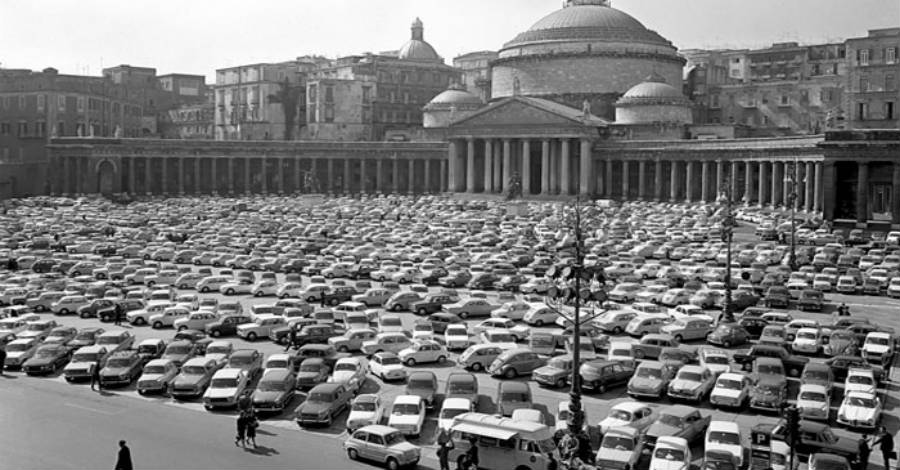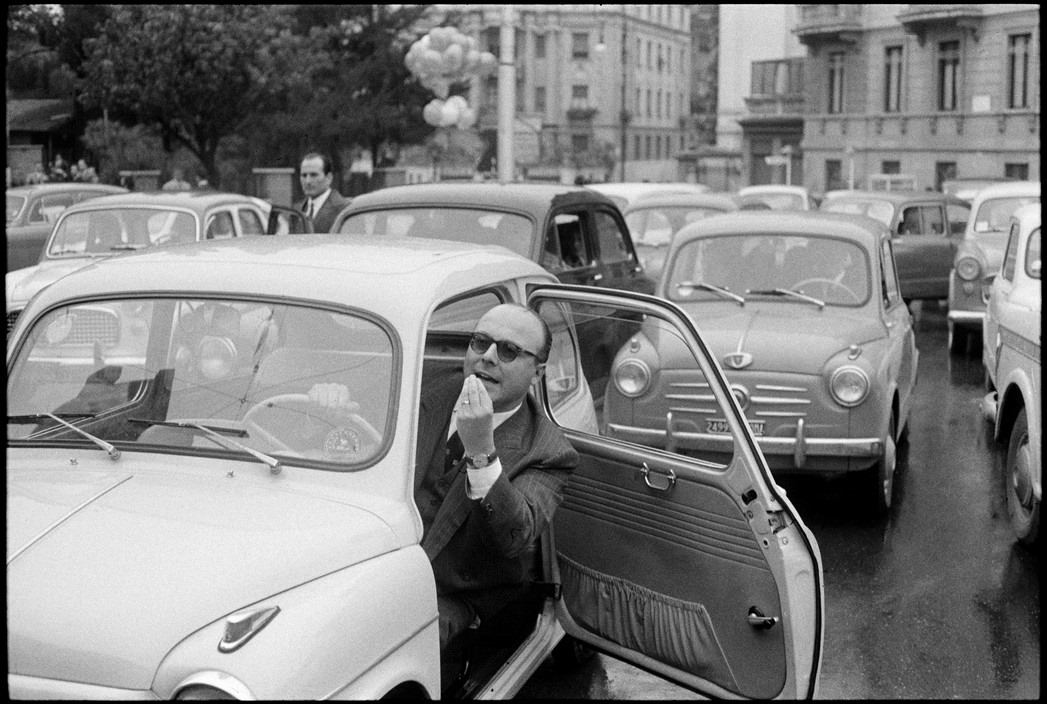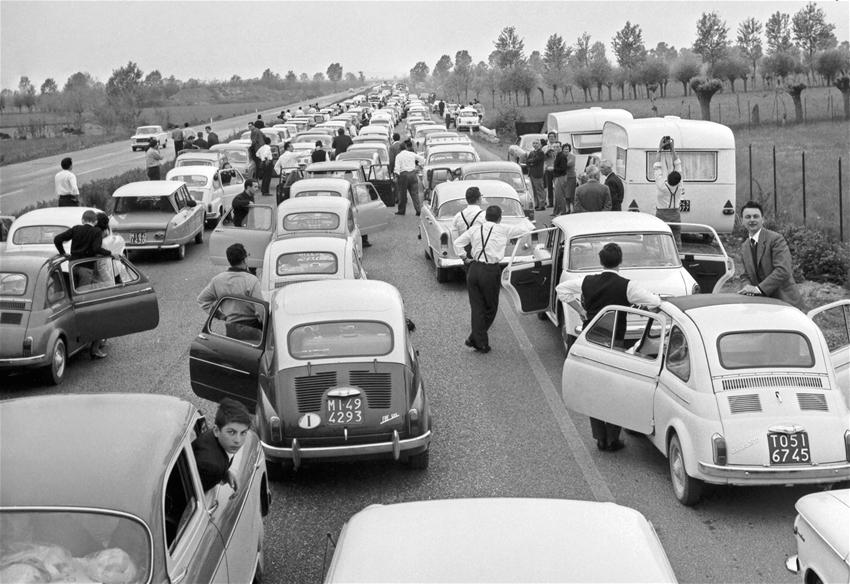Sitting on the side of a vast, empty parking lot in Converciano, leaning against a pole, I bask in the warmth of what feels like the first days of spring. But I can’t shake the feeling of anxiety that comes with being a protective mother watching her child take a driving test. The only difference is that it’s not my child, but my 34-year-old husband taking the test for the second time.
His 18 years previously spent behind the wheel, his age and his language difficulties are not taken into account here in Italy. To legally drive in this country, he must start from zero (like we did when we were 18), from studying a 400-page manual and practicing sample tests non-stop to spending mandatory hours driving around the city with a hilariously egocentric instructor who enjoys pointing out places he can take his lovers without his spouse finding out.
If you couldn’t tell, the whole process is not easy and requires “tanta forza di volontà”–LOTS of commitment! I’m not sure how many of us Italians would manage to get by this test again.
The theory test allows only three errors out of 30 tedious, sneakily-formatted questions (which include topics such as indigestion—you would never want to risk driving after a large meal, when all your blood has flowed to your stomach and there might not be enough to keep you awake). Many of the questions have nothing to do with driving and are more suitable for a Formula 1 technician: “In braking systems, the kinetic energy of the vehicle is transformed into heat thanks to what force?” The practical test, which is always strictly done in a car with gears (did I mention that my husband’s American?), is quite comical compared to reality. Let’s just say that the exam expects quite the opposite of what you’ll really find in our streets:

EXAM: You immediately fail if you hit or even slightly touch the sidewalk while parking.
REALITY: Drivers tend to avoid or, at best, ignore the ulterior use of sidewalks altogether and park their cars on any sliver of free space regardless of the consequences. Bad parking may result in a ticket (which Italians love to accumulate, before negotiating a collector’s discount with the state) or, if lucky, pulled-up windshield wipers courtesy of a fellow citizen (the equivalent of the middle finger in road lingo). Also don’t worry about bumping the cars on either side to fit into a parking space (also known as “il parcheggio ad orecchio”, parking by ear), and, when you double park, completely blocking someone else’s car, the common, civilized etiquette is to leave a note upon which you just need to write “torno subito” (“brb”).
EXAM: You immediately fail if you don’t respect other cars’ right of way.
REALITY: Entering a roundabout in Italy definitely feels more like a game of chance than a well-defined traffic rule. Even though roundabouts are everywhere–there are more than 11,000 across Italy!–Italians still seem to be very confused about how they work. Should I drive in the outermost lane or blindly cut off two cars to make it to the innermost lane? Should I drive in the innermost lane to exit to the left and the outermost to exit to the right? Do I turn on my blinker to enter, to exit, or to enter and to exit? The only thing that’s clear to us Italians is that roundabouts are a game of ego (also known as Chicken) in which the boldest one wins. (I recommend showing no hesitation–aka weakness–for all merges, stop signs, etc.)
EXAM: You immediately fail if you don’t stop for a pedestrian.
REALITY: It would be much easier to teach pedestrians to confidently throw themselves into the road and hope for the best rather than teach drivers to stop every time they see a pedestrian trying to make it to the other side.
EXAM: You immediately fail if you change lanes too suddenly; it’s better to keep driving in your own lane.
REALITY: Although we do respect the rule of surpassing on the left, zigzagging through traffic here in Italy is a recognized Olympic sport. We should really be taught a thing or two about Murphy’s law: although it always seems the other lane is moving faster, trust me, we’re all going to get there within literally 3 minutes of each other.
EXAM: You immediately fail if you speed.
REALITY: With 1,947,241 fines issued for exceeding permitted limits in 2019, speeding is ranked as the second most sanctioned infringement after failing to stop when mandatory! Most Italians have a need for speed, but it’s better to avoid these fines: instead, aggressively break before each autovelox (speed check), before aggressively accelerating on the other side.
EXAM: You immediately fail if you cross a solid center line to pass a car.
REALITY: Ha. I’ve also seen cars pass, fully facing oncoming traffic, on the narrow, gravity-defying Strada Statale Amalfitana. The double center line–for particularly low visibility roads, e.g. over hills, around corners, through tunnels–decreases the chances of being passed by perhaps 12.4%. Find yourself lucky if passing is all it is: last time I was in Naples, I told my taxi driver that I was in a hurry to catch a train. He took that as “let’s go down a one-way street contromano (the wrong way).” When I complained, he turned around and said, “Don’t you want to get there in time?” I replied, “Yes, but alive.”
EXAM: You immediately fail if you drive on a traffic island.
REALITY: …but not if you park on one. Have you ever seen Rome’s Piazza Euclide on a Saturday?

Piazza del plebiscito
But on a day like today, esame di pratica day, things are different. Today, we all get to feel a little less Italian and a whole lot more Swiss. We look into all our mirrors before turning, even the ones we forgot existed. We fix our seats, we stop, we wait, we behave like proper civilians and let every human nearby pass by. We pretend we don’t have chronic road rage.
I see my husband step out of the vehicle; he’s smiling.
With bursting pride, I know that this time around he has not only mastered his driving skills, but the charismatic, Italian ability to talk your way into anything.
He’s officially a fully-fledged Italian driver!

